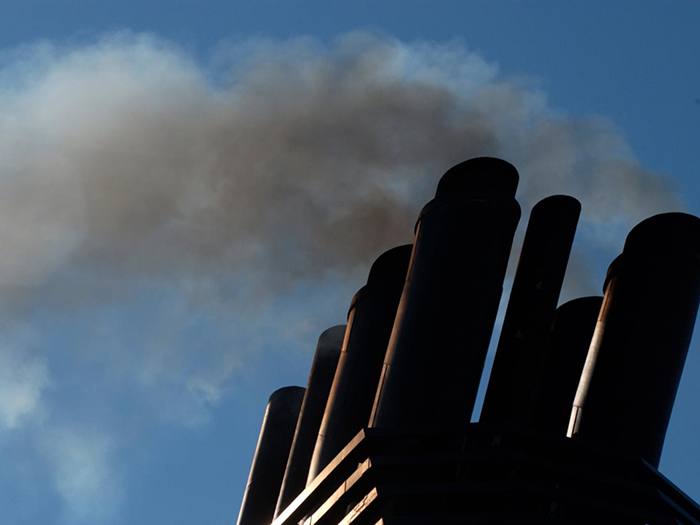
Are some VLSFO blends “Frankenstein” fuels?
Written by Nick Blenkey
Image: Clean Arctic Alliance
Do some fuels very low sulfur fuel oils (VLSFO) produced to comply with IMO 2020 contain a high level of black carbon? The Clean Arctic Alliance believes that they do and is calling on IMO to support an immediate switch to distillate fuels for ships in the Arctic and develop a global rule prohibiting fuels with high black carbon emissions.
The Clean Arctic Alliance bases its assertion on a submission to IMO by Germany and Finland that cites a study that found the new blends contain high levels of aromatic compounds which, when combusted, lead to an increase in emissions of black carbon when compared with heavier fuels and distillate fuels.
“There are serious questions to be answered about how these blended super pollutant ‘Frankenstein’ fuels ever came to market. It beggars belief that amidst a global climate crisis, the marine fuel industry could develop these VLSFOs without knowing their effect on black carbon emissions and the climate, particularly in the Arctic – especially as the IMO has spent almost a decade considering how to reduce Black Carbon emissions from shipping,” says John Maggs, Senior Policy Advisor at NGO Seas at Risk.
The Clean Arctic Alliance has written a letter containing the following questions to representatives of the marine fuel industry;
- Were you aware that these new low sulfur heavy fuel blends had higher aromatic content?
- Were you aware of the link between higher aromatic content in fuels and higher BC emissions?
- If the answer to the above questions is “yes”, then why did you not immediately seek to halt the production of these fuels and alert the IMO?
REFINERS RESPOND
One fuel industry group that has responded is Concawe — a European refinery association.
It says that it reviewed the letter from CAA and the quoted study, and believes that the key assertions made are unsupported by scientific and technical evidence.
“There is currently no comprehensive overview available to document the real variability and quality of the low sulfur marine fuels (MF) on the market,” says Concawe. “Hence, only earlier third party studies can serve to provide scientific and technical background to the question.
“Two international studies published by CE Delft and Ensys Energy in 2016 for the IMO, concluded that 0.50%S MF is expected to be on average more paraffinic (therefore lower in aromatic content) than the original Heavy Sulfur Fuel Oil(HSFO), and show that the fuels tested in the German study are not representative of average expected quality of MF produced by refineries around the world.
“In fact, the German study appears to make the assumption used in a study from 2018 that low sulfur MF would typically have a higher aromatic content compared with 3.5% HSFO. This is questionable and in contradiction with the above mentioned international studies. The German study is then based on engine tests performed with 0.50% S fuels specifically blended in the laboratory to deliberately reach a very high aromatic content.
“As a European refining Association we believe it is widely recognized in the fuels industry that the production process of Low Sulfur fuel oils primarily requires more hydrotreated components and that the hydrotreatment process, as well as reducing sulfur content, typically also reduces the aromatic content compared to HSFO.
“The study referred to by the Clean Arctic Alliance does not present any evidence that the test fuels are typical fuels on the market, it should therefore not serve as evidence to sustain their claims, and it seems premature to draw any valid and meaningful conclusions. Reducing the impact on the Arctic of black carbon emissions is on the agenda at the upcoming seventh session of the IMO’s Sub-Committee on Pollution Prevention and Response.”




